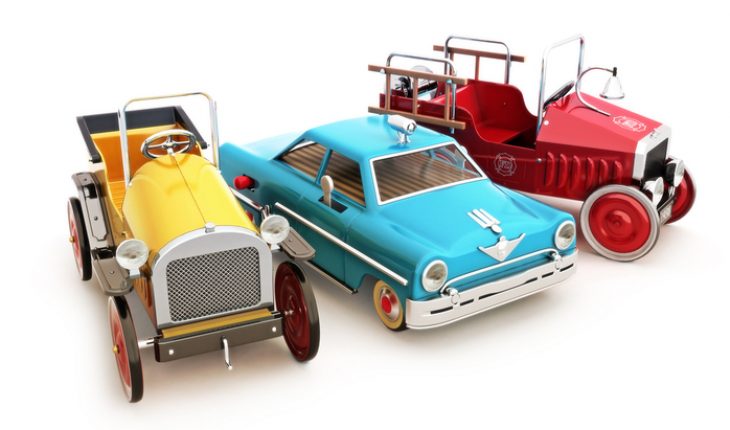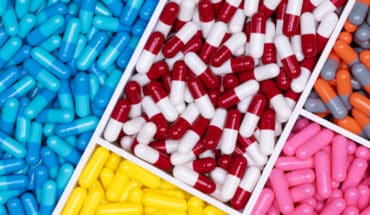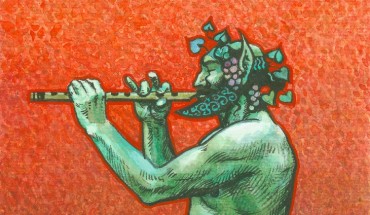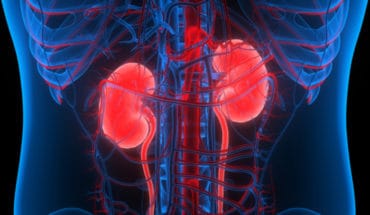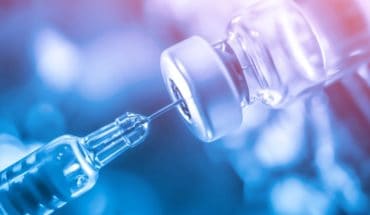A study, published (Jan 2018) in the Environmental Science & Technology journal, looked at 200 toys taken from homes, charities and second-hand shops and nurseries in the South-West of England.
They were looking to establish if older, plastic second-hand toys could pose a safety risk to children. They were checking for the presence of 9 hazardous chemicals, and of particular concern were chronium, selenium and lead.
20 of the 200 toys were found to contain all 9 of the chemicals tested – some with levels that would fail to meet safety standards set out by the European Council’s Toy Safety Directive. (The guidelines on chemicals in toys have been in effect since 2013.)
20 of the 200 toys were found to contain all 9 of the chemicals tested – some with levels that would fail to meet safety standards set out by the European Council’s Toy Safety Directive. (The guidelines on chemicals in toys have been in effect since 2013.)
Researchers stated that if one of these toys were to be chewed repeatedly over a period of time, the exposure could be “chronically toxic” to a child.
They were no safety concerns from handling the toys. Instead, the potential risks were from chewing and children putting them in their mouths.
Advice when buying second-hand toys and playing with Granny’s heirlooms:
Older toys have not been subject to today’s rigorous safety checks and regulations. They won’t have age recommendations either.
Avoid old LEGO bricks from the ’70s and ’80s. Dr Andrew Turner, from the University of Portsmouth, found them of major concern in his study. Particularly red, yellow and black bricks which contained high levels of the hazardous chemicals.
Be careful buying and toy with small parts. Pull at the parts to see if they’re coming loose. Be particularly careful with eyes in soft toys.
Avoid old painted toys in case the paint is lead-based. If the paint is flaking, don’t get it out to play with.
Toys wearing clothes are unlikely to be flame resistant.
Be cautious of any toy that needs a battery to operate. Check you can access the battery compartment to change the batteries. If there is a screw securing the battery compartment, ensure that still turns and is not rusty or rounded off. If there is any sign of battery corrosion, throw the toy away.
What safety markings should toys have?
There are two well-known symbols that can be found on labels:
The Lion Mark. Introduced in 1988 by the British Toy and Hobby Association it is a trusted symbol of toy safety and quality.
The CE Mark along with the name and address of the supplier is required by law to be on all toys sold in the EU. The CE Mark proves the supplier has stated that the toy meets the safety requirements of the European Toy Safety Directive and can be moved and sold throughout the EU. The CE mark is a Trading Standard mark and does not prove quality or safety, so always look for the Lion Mark.
How should you clean toys?
Second-hand toys may well be grubby and are not likely to be hygienically clean. Knowing the best way to wash these, can be a challenge.
Cleaning soft toys: Most soft toys can be sponged with disinfectant spray or put through the washing machine. Check the label first if possible, and secure them in a pillowcase, so small parts, such as eyes, don’t damage the drum.
Cleaning hard toys: To clean hard toys, remove any batteries and wipe down with a clean cloth, hot water and disinfectant.
Plastic building bricks, can be cleaned in the sink with some disinfectant. You can also put them through the washing machine in a firmly secured pillowcase.
Playing with heirlooms and toys with nostalgic value is precious and creates new memories. However, please bear in mind the above safety concerns too.
- What is a seizure? - 13th March 2025
- Febrile Convulsions and Seizures in Children - 13th March 2025
- Why women are less likely to receive CPR or survive cardiac arrest - 6th March 2025
